The purpose of zero crossing is to switch the relay precisely at the moment when the electrical voltage is at zero volts.
What is zero crossing?
The electrical network works in alternating mode from +230 to -230 VAC . The transition from from +230 to -230 VAC is done at a frequency of 50 Hz, or in 20 ms, with a passage through 0 volts.
Zero crossing delays the load switch-on by a few milliseconds (<10ms) so that the module relay switches exactly when the power supply amplitude drops to 0 volts. This has no visible impact on switch-on for the user.
This process allows to limit the creation of electric arcs . This preserves the relay blades, protecting them from premature deterioration.

NodOn and zero crossing
NodOn notes the evolution of the market towards low-energy lighting.
There are real disparities between the products offered by major brands and so-called “low-end” products.
Indeed, low-energy lighting offered at lower prices produces high current draws when switched on, generating more electric arcs. This impacts the sustainability of home automation products used to control lighting.
Based on this observation, NodOn is developing its Zigbee range by integrating zero crossing, in order to increase the longevity of its products and ensure the sustainability of the installations.

Zigbee lighting module
This module being dedicated to lighting, it integrates zero crossing on each of its 2 outputs.

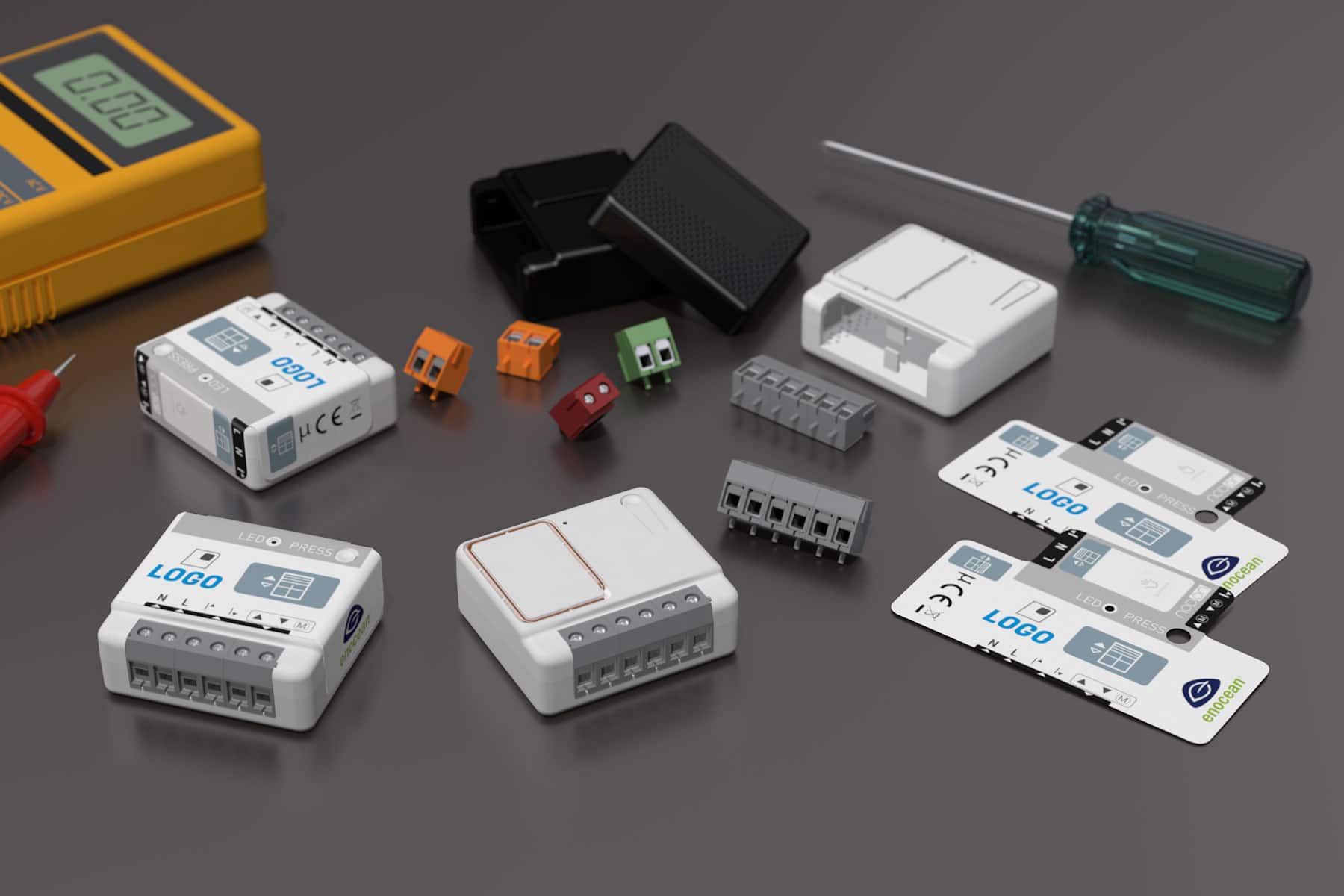
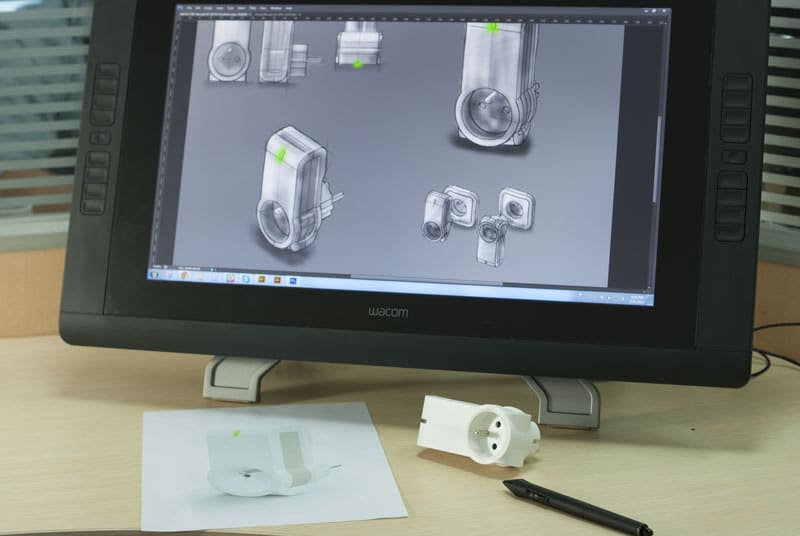
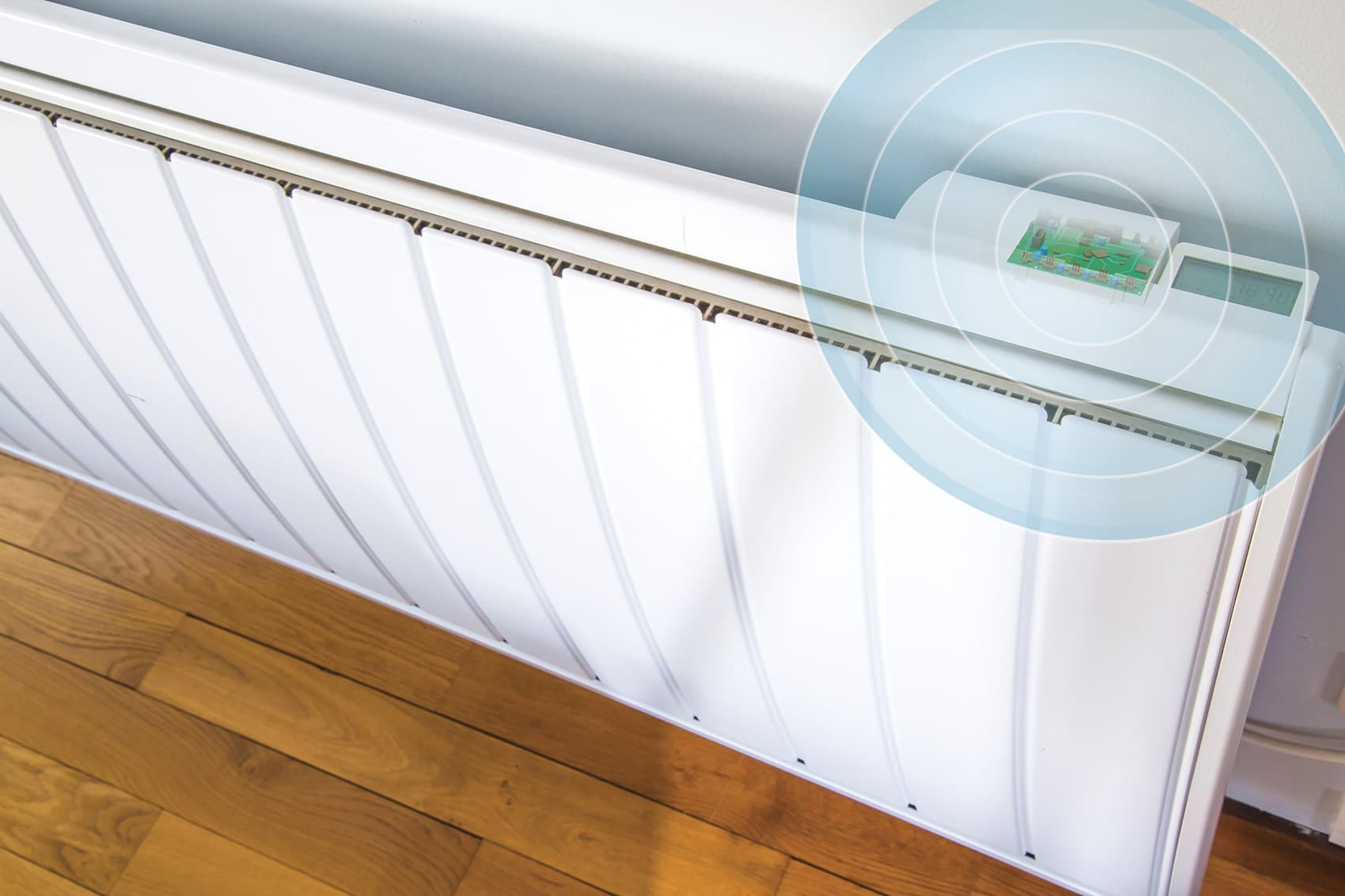

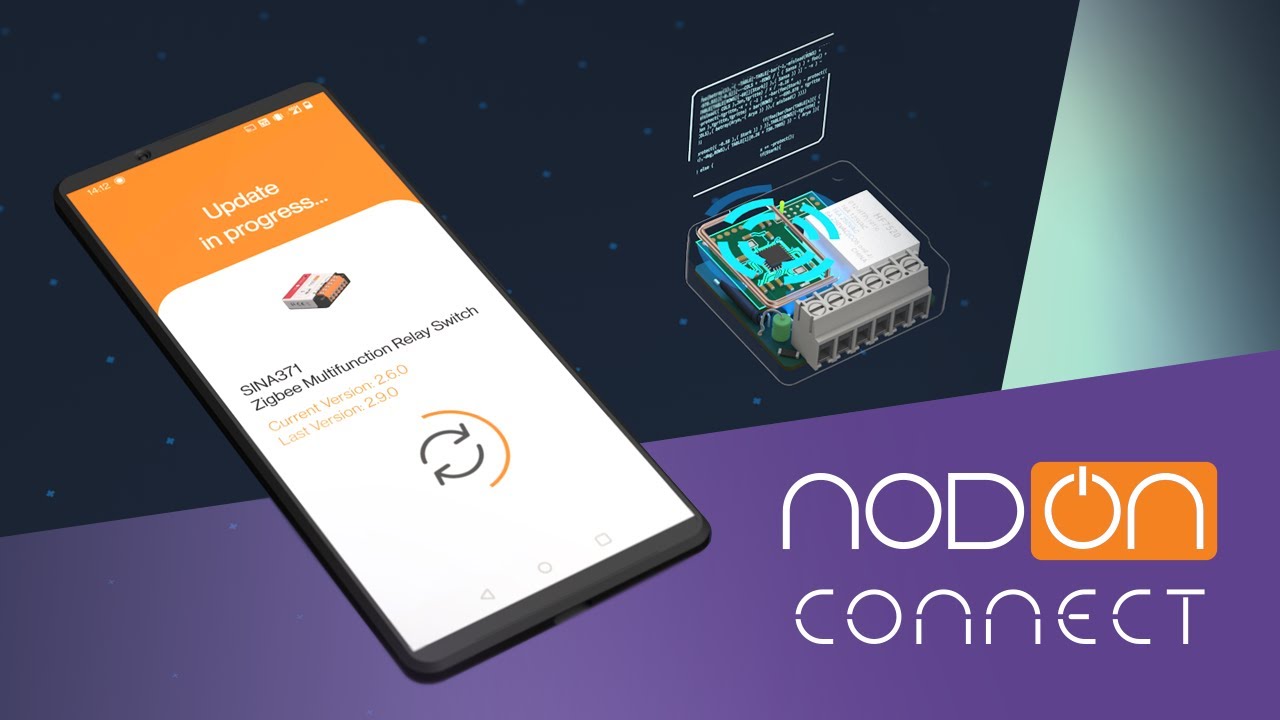
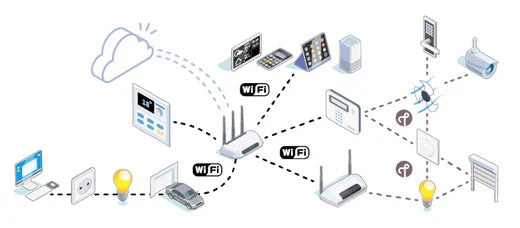
Leave a comment
This site is protected by hCaptcha and the hCaptcha Privacy Policy and Terms of Service apply.